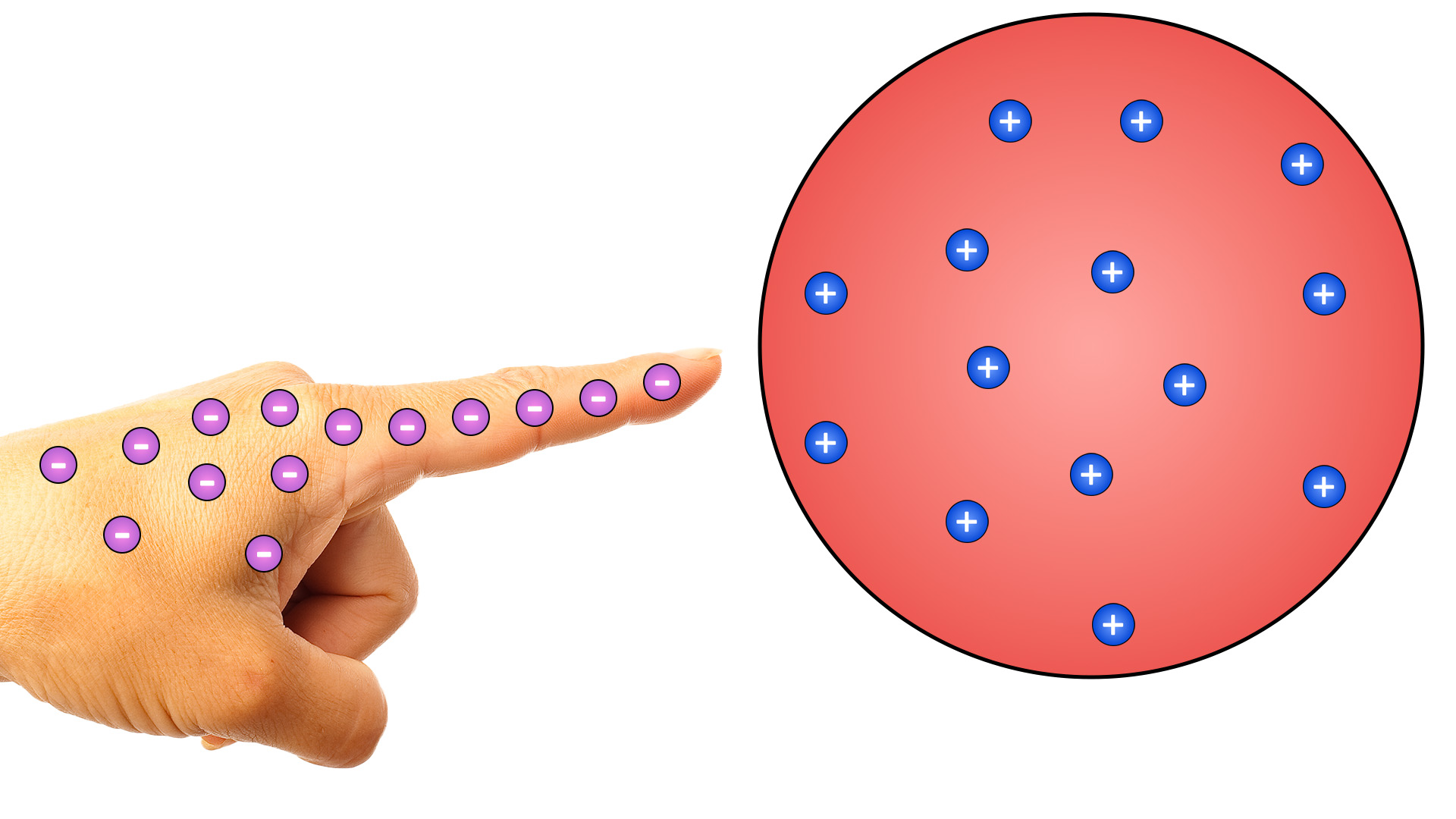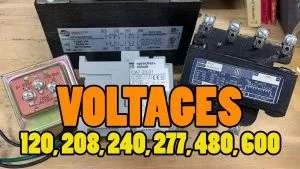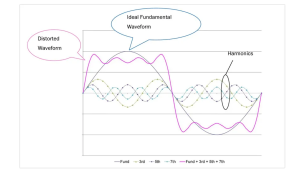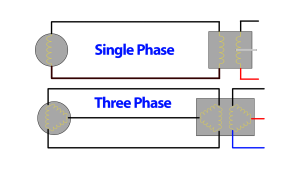There are several primary methods through which objects can be charged: friction, conduction, induction, and polarization. Each of these methods operates under the basic principles of the conservation of charge and involves the transfer or redistribution of electrons. This article will explain how objects become charged; as well as dig into each charging method, the principles behind them, and their applications and implications in various fields.
Charging by Friction
The first, and most common method of accumulating charge on an object, is charging by friction. Also known as triboelectric charging. This form of charging occurs when two different materials come into contact and then separate. As they rub against each other, electrons transfer from one material to the other. The material that loses electrons becomes positively charged, while the material that gains electrons becomes negatively charged. This process depends significantly on the nature of the materials involved. Some materials may be naturally more accepting or giving of electrons.

A classic example of charging by friction is rubbing a balloon against human hair. In their natural states both the balloon and the hair are neutral. This means they have an equal number of positive and negative charges. When you rub the balloon against your hair, friction between the two materials transfers electrons from one to the other. This transfer happens because different materials have different affinities for electrons. Human hair tends to lose electrons more easily than the rubber material of the balloon.
After rubbing, the balloon has gained electrons and carries an overall negative charge. While the hair, having lost electrons, carries an overall positive charge. This difference in charge creates static electricity. The balloon can now attract neutral or oppositely charged objects, such as small pieces of paper or dust particles.
Charging by Conduction
Another way objects can gain charge is through conduction. Charging by conduction is a process where an object acquires a charge through direct contact with another charged object. This method involves the transfer of electrons between the two objects, leading to a redistribution of charges until they can reach equilibrium. Let’s see how this process works and explore its practical application in grounding.
Consider a neutral object, which has an equal number of positive and negative charges, and a charged object, which has an excess or deficiency of electrons. When the charged object touches the neutral object, electrons move between the two objects to balance the charge difference.
- Negatively Charged Object: If the charged object has an excess of electrons (negative charge), some of these electrons will flow into the neutral object.
- Positively Charged Object: If the charged object lacks electrons (positive charge), electrons from the neutral object will flow into the positively charged object.

The flow of electrons continues until the charges on both objects reach equilibrium, meaning they have equal electric potential. The formerly neutral object now carries a charge as a result of the electron transfer. After conduction, both objects will share the total charge. For instance, if a negatively charged object makes contact with a neutral object, the neutral object will gain some of the excess electrons, becoming negatively charged. Conversely, if the charged object is positively charged, the neutral object will lose electrons, resulting in a positive charge.

That makes sense for the initially neutral object, but what then happens to the initially negative object, having lost electrons? The initially negatively charged object loses some of its excess electrons in the process. The resulting charge on the initially negatively charged object depends on the amount of charge transferred:
- If the negatively charged object loses enough electrons to balance its charge completely it will become neutral. This happens when the number of electrons transferred is equal to the excess electrons initially present on the negatively charged object.
- If the negatively charged object loses some, but not all, of its excess electrons it will still be negatively charged, but with a reduced negative charge. The magnitude of its negative charge decreases because it has fewer excess electrons.
- If the negatively charged object loses more electrons than it had in excess it will become positively charged. This scenario is less common in typical electrostatic situations but can occur if there is a sufficient flow of electrons out of the object.
In most practical scenarios, the negatively charged object will typically end up with a reduced negative charge. Rather than becoming neutral or positively charged, because the transfer of electrons usually doesn’t completely balance out the charges.
Charging by Induction
Charging by induction is another form of charge accumulation. This involves rearranging the electrons in a neutral object without direct contact with a charged object. When you bring a charged object near a conductive neutral object, it causes the electrons in the neutral object to either move towards or away from the area closest to the charged object, depending on the nature of the charge. This idea stems from the principle that charges exert forces on one another.
Suppose we have a positively charged object. This object has a deficiency of electrons, giving it a positive charge. When you bring a positively charged object near a neutral conductive object, the electric field of the charged object influences the distribution of charges within the neutral object. Electrons in the neutral object move freely, and since like charges repel and opposite charges attract, the electrons in the neutral conductor move towards the region closest to the positively charged object. the neutral object. Electrons in the neutral object move freely, and since like charges repel and opposite charges attract, the electrons in the neutral conductor move towards the region closest to the positively charged object.

This movement of electrons causes a redistribution of charges within the neutral object:
- The side of the conductor closest to the positively charged object becomes negatively charged due to the accumulation of electrons.
- The side of the conductor farthest from the positively charged object becomes positively charged due to the deficiency of electrons.
This results in an induced separation of charge within the neutral object. While the object as a whole remains neutral, it now has distinct regions of positive and negative charge that have been “induced” by the positively charged object, at a distance.
Polarization
Polarization is a process that occurs mostly in dielectric (insulating) materials when an electric field is applied. The molecules within the material, which have positive and negative charges, align such that their charges shift slightly in opposite directions. This creates a dipole effect across the material, even though the overall material remains electrically neutral.
For example, without an external electric field, the molecules in a dielectric material orient randomly. Meaning there is no build up of charge anywhere. Each molecule consists of positive and negative charges that distribute symmetrically, maintaining the neutrality of the material. When an external electric field applies, it exerts forces on the positive and negative charges within the molecules of the dielectric mater

As a result of this charge displacement, each molecule develops a dipole moment. This means the positive and negative charges separate by a small distance. This dipole moment is aligned with the direction of the applied electric field. As the individual dipoles within the material tend to align with the electric field. In a material like plastic, for example, the negative ends of the dipoles will point towards the positive end of the external field. While the positive ends will point towards the negative end of the field.
It’s important to note that this occurs in insulators, not in conductors. With conductors, free electrons travel throughout the material. With insulators, electrons are tightly bound to their atoms and do not travel freely when an electric field is present. This is the key to polarization in dielectric materials.
Despite the internal rearrangement of charges, the dielectric material as a whole remains electrically neutral because there is no net transfer of charge into or out of the material. The polarization only causes a redistribution of internal charges. Interested in learning more about electric fields and exploring magnetic fields? Check out “Magnetic Field vs Electric Field“
Conclusion
The methods of charging – friction, conduction, induction, and polarization – provide foundational understanding for much of what is observed in both natural phenomena and technological applications concerning electric charge. These methods explain not only how objects become charged, but they also offer insight into the behaviors of charged objects in different circumstances. These concepts can be seen in many areas ranging from industrial manufacturing processes to everyday electronic devices, ensuring safety, efficiency, and innovation in various scientific and engineering fields.






